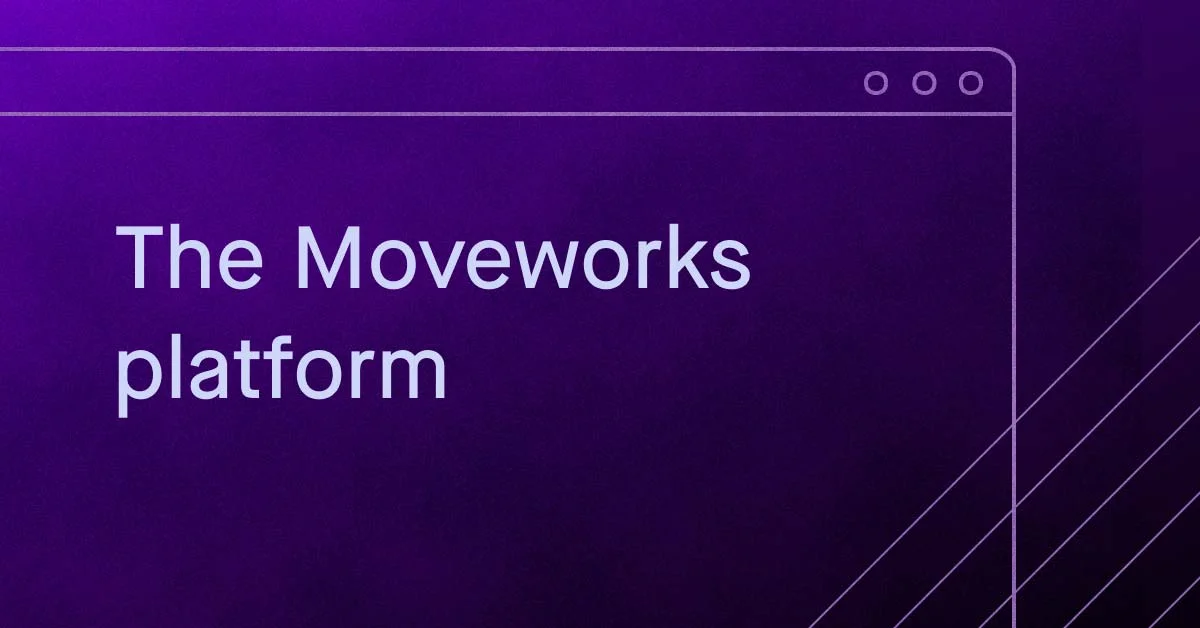- Text 1
How does instruction-tuning work?
Instruction tuning provides an alternative way to specialize AI models by giving them explicit instructions and feedback. Rather than just providing input-output examples like with fine-tuning, instruction tuning leverages natural language and conversations.
A human trainer can have a dialogue with the model, explaining desired behaviors and evaluation criteria. For example, prompts like "Focus on summarizing just the key points from this report" provide informative guidance. The trainer can then give real-time corrections when the model makes mistakes to reinforce learning.
Key advantages of instruction tuning:
Faster adaptation with less data required compared to fine-tuning. Instructions directly explain what to improve.
More control over what is learned and flexibility if requirements change. Instructions can be iterated.
Ability to incorporate soft skills like customer service through conversational coaching.
Improved transparency since the model isn't a black box. Its capabilities link clearly to given instructions.
Instruction tuning is often used in combination with fine-tuning. The fine-tuning provides a base of domain knowledge, while instruction tuning allows efficient adaptation. Together, these techniques create capable and responsive AI assistants.
Why is instruction-tuning important?
Instruction tuning unlocks more efficient and transparent ways to specialize AI models compared to just fine-tuning alone. By providing models with direct natural language instructions and feedback, instruction tuning gives trainers more control and agility.
It allows models to adapt using far less data than required for fine-tuning, saving time and resources. Instruction tuning also enables soft skills like customer service to be incorporated through conversational coaching. Moreover, the link between instructions and model behavior provides interpretability.
Overall, instruction tuning empowers rapid customization and human-AI partnerships. It is a key technique for creating enterprise AI assistants that can both leverage pre-trained knowledge and still remain flexible and responsive to evolving business needs through instructional learning.
Why instruction-tuning matters for companies
Instruction-tuning offers an efficient and adaptable approach to tailoring AI models to specific business requirements. Unlike traditional fine-tuning, which relies heavily on data and may not be easily modifiable, instruction tuning leverages natural language conversations to instruct and fine-tune AI models.
This method allows organizations to rapidly adapt AI models with clear and direct instructions, reducing the need for extensive data and training time. It provides more control over what the model learns and how it behaves, making it highly responsive to evolving business needs.
The transparency offered by the link between instructions and model behavior is also valuable, as it allows organizations to understand and interpret how the AI is making decisions and generating responses.


